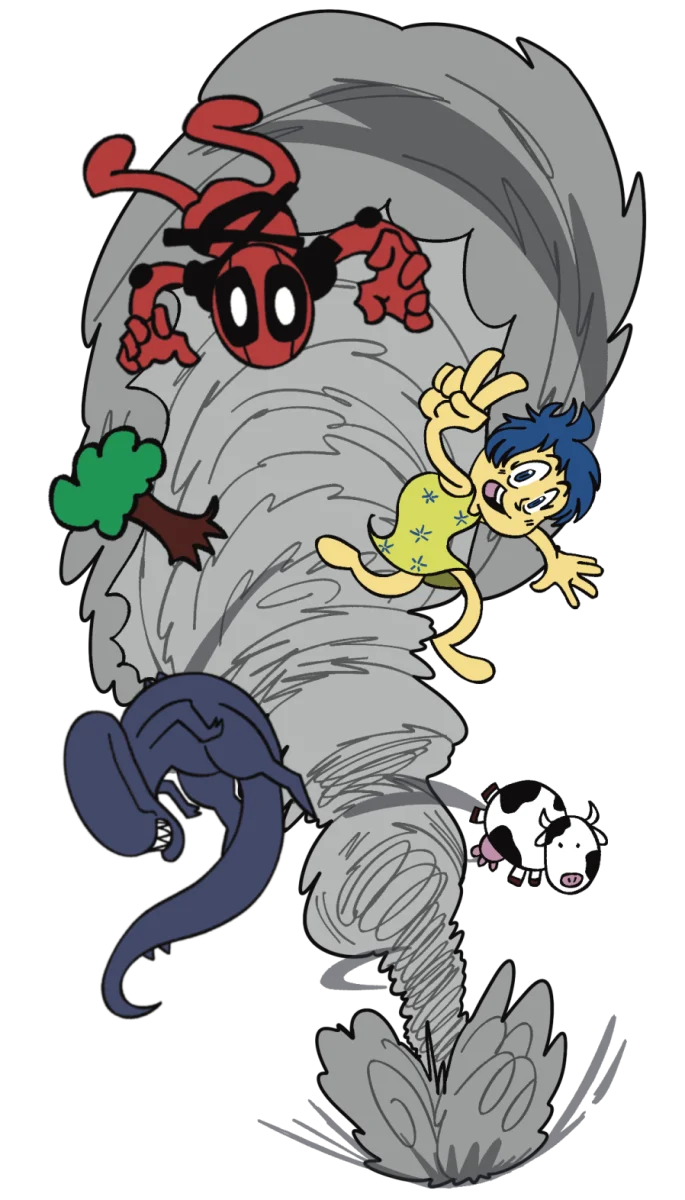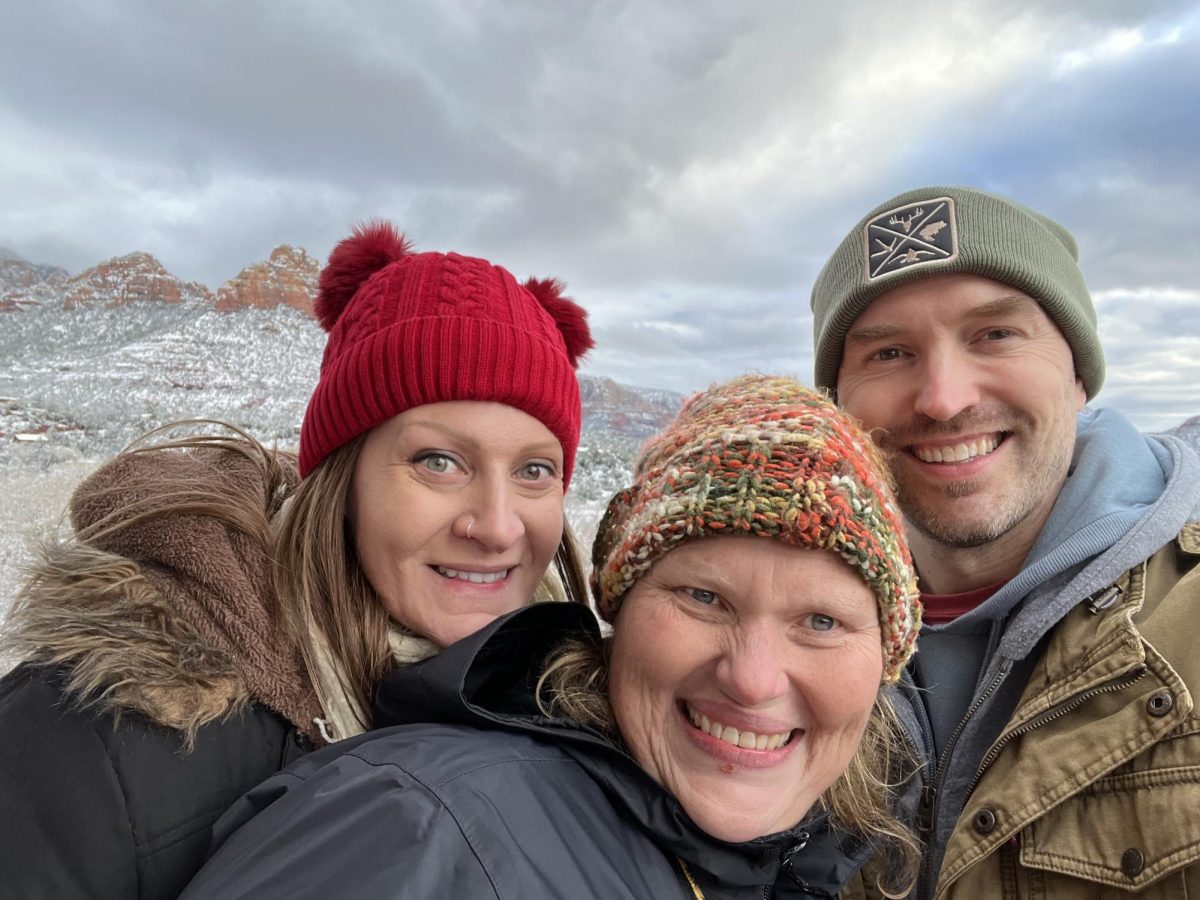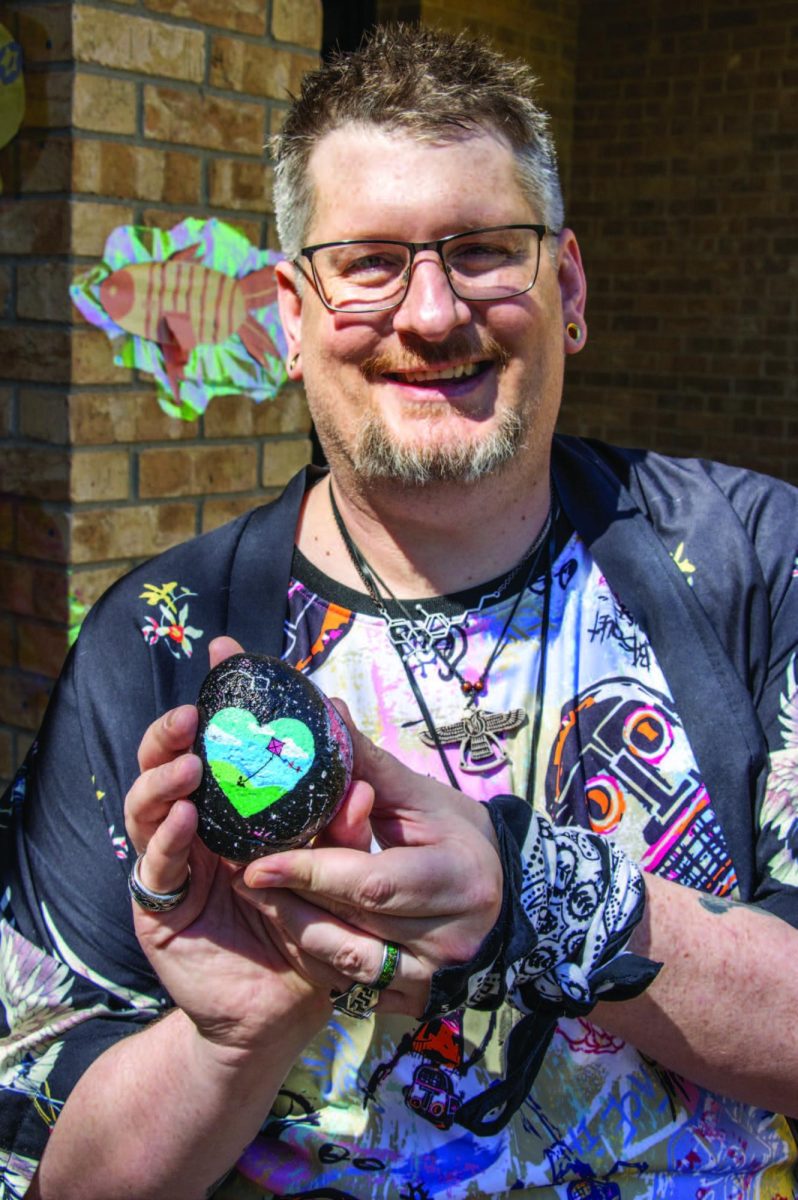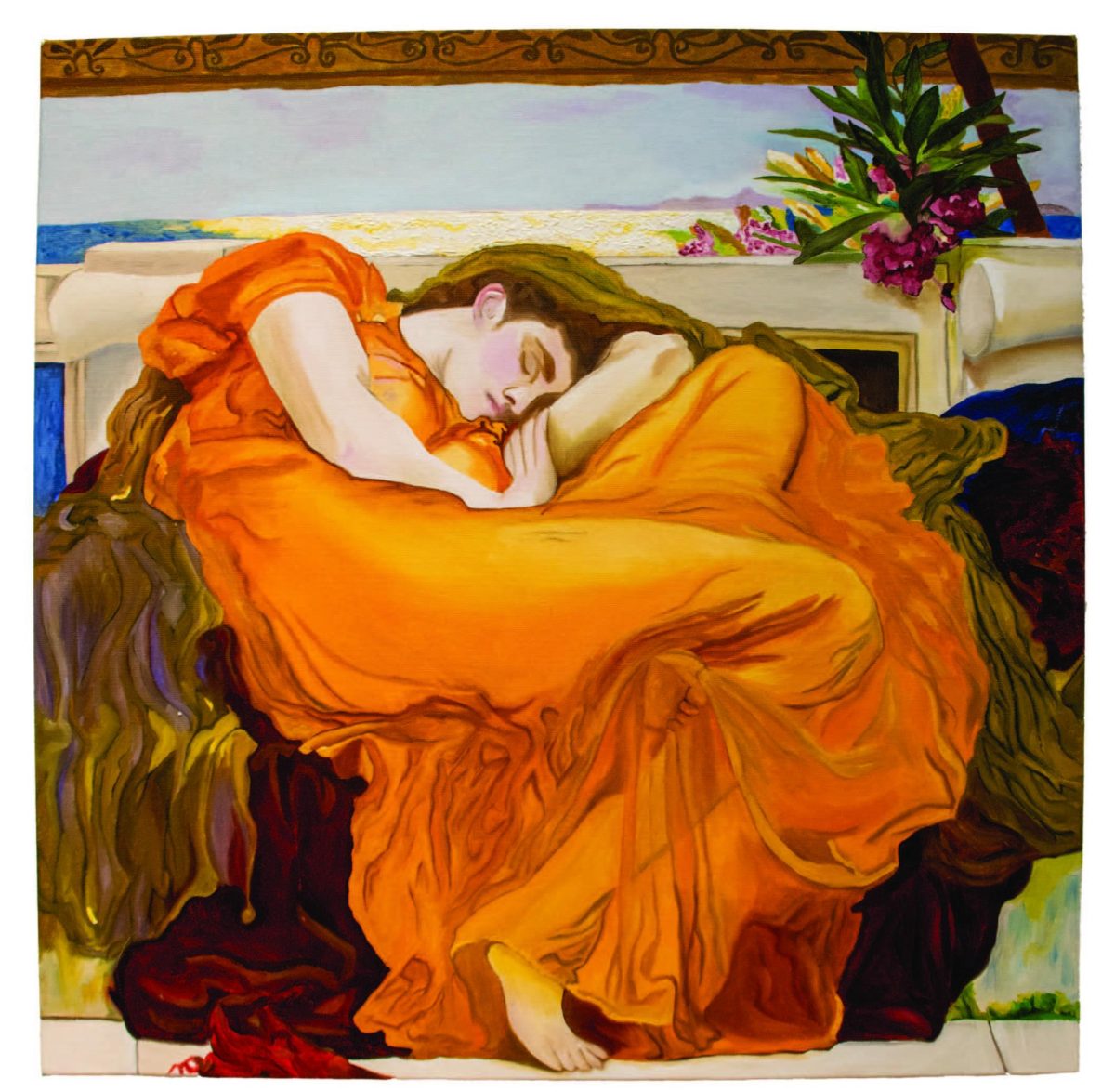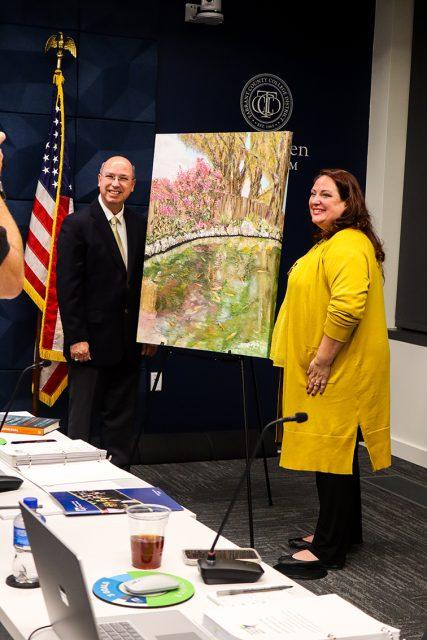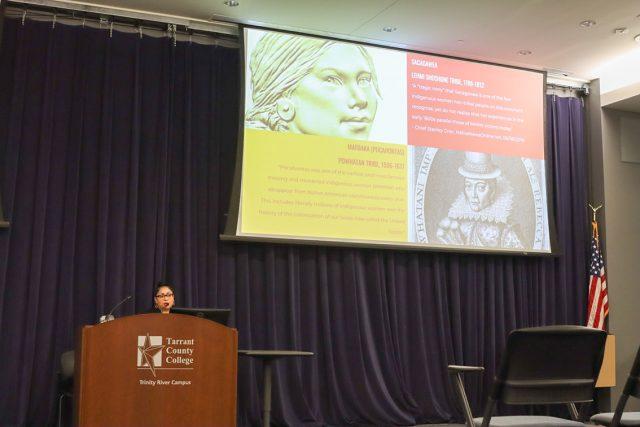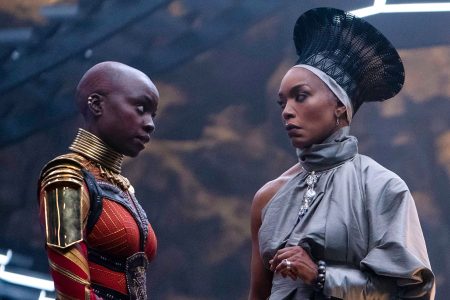
OLLA MOKHTAR
campus editor
olla.mokhtar@my.tccd.edu
The sequel of the “Black Panther” film franchise emerges with an outstanding movie lead by actress Letitia Wright, who played Shuri, Black Panther’s sister.
With the death of Chadwick Boseman came the death of his character T’Challa, or Black Panther. Since his death, the nation of Wakanda is seen without a protector, and many different countries have tried to take advantage for access to the vibranium from their facilities.
Little do the countries know, Wakanda is still as strong as it was before T’Challa’s death. However, America is still adamant on finding vibranium and finds it someplace else.
In the opening scene, the Wakandians are performing a funeral ritual wearing all-white clothing. The culture portrayed through this ritual is a mixture of traditional and contemporary African design. Ruth E. Carter, the costume designer for Black Panther, visited different parts of Africa for inspiration and accuracy.
Carter was the first African-American designer to win an Oscar because of the skill she demonstrated in the first film’s costuming. For instance, T’Challa’s mother, Ramonda, wears a 3D-printed version of a South African married woman’s headdress called an isicholo.
Throughout the movie, her hard work is demonstrated through the characters and the meaning their clothing has to the scene. From funeral costumes to the Black Panther suit, it truly is an Oscar-worthy performance. She also created the design for the characters of the underwater world of Talokan, an ancient civilization.
They migrated to the ocean from a Mayan civilization for refuge against the diseases that colonizers brought onto them in secret. The whole plot gets thrown into turmoil when America discovers they have something they want.
The upbringing of this mysterious civilization was, in one word, beautiful. The first “Black Panther” movie was mostly about the Wakandians and their intricate, delicate, strong and sensational nation that has a precious substance to protect. The movie introduces another civilization with a whole different world full of literal blue people. They introduced these new cultures mixed with traditional roots well in both cases.
Wright’s acting is phenomenal. We see her character develop more because of her brother’s passing. When Wakanda is in trouble, it seems that she is its savior just like her brother was.
Hurt, grief and trauma are all seen in this movie with the tragedies that surround the main characters, but the most important of them all was the honor they gave Boseman. One scene has T’Challa painted on the nation’s walls and mentions his name as well, reminding the audience not only of the character but the man who played him in tribute.
The film was different from any other Marvel sequel shown in theaters. From the costume designs, acting and portrayal of the movie from the Wakandians and Talokan, the directors of the movie painted the beauty of the actor Boseman and gave the world “Wakanda Forever.”






